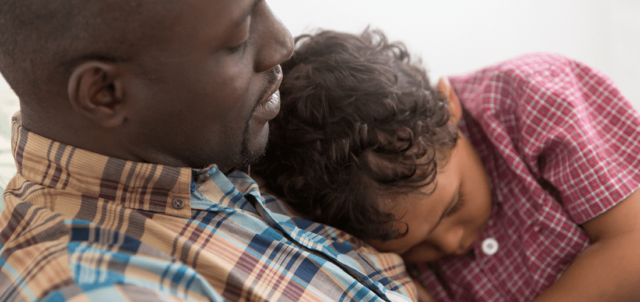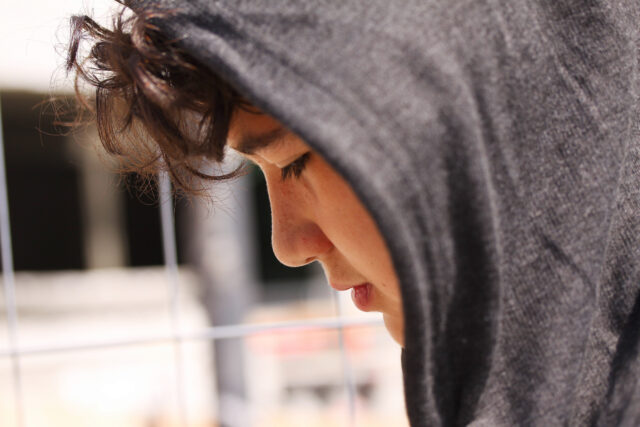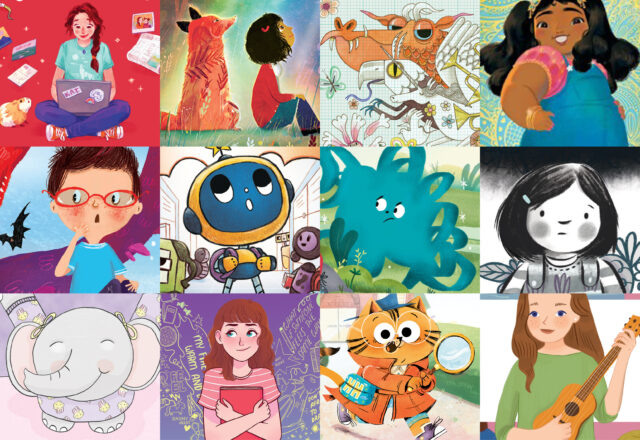Supporting Children After the Suicide of a Classmate
Supporting Children After the Suicide of a Classmate
Responding to a painful loss in the healthiest way possible
Clinical Expert: Jamie Howard, PhD
en EspañolWe know there’s no way we can make the suicide of a student less upsetting. It’s a very painful thing for kids — and the adults who love them — to experience. But we also know that there are things that you can do to help young people process their feelings and thoughts in a healthy way. Here are some pointers that we hope will be helpful in responding to this loss.
- It’s important that suicide be acknowledged in a matter-of-fact way, but do not provide children and teens with a lot of details about the specific method of suicide. Teachers and parents should convey consistent messages to reduce confusion, misinformation and secrecy.
- Suicide should be explained in terms of an untreated psychiatric illness. People sometimes hide emotional pain even from those they are closest to, which makes it very hard to help them. You should avoid sensationalizing or dramatizing suicide, but you shouldn’t avoid talking about it.
- Parents, encourage your child to tell you what she’s hearing and thinking, and listen nonjudgmentally. You want to keep checking in with her, because it takes time for kids to process disturbing experiences, and she may have important questions later. Teens will want to talk about this with their friends, but you can let her know that you want to stay in the loop.
- If your child has depression or has made a prior suicide attempt, it’s especially important to prioritize this conversation. Don’t avoid it because it’s difficult and you’re worried that it might make him feel worse. Drawing out his thoughts and feelings and underscoring your connection can help him, even if he doesn’t acknowledge it. Unfortunately, suicides sometimes occur in multiples, so it’s very important to increase monitoring of children who are at risk. It’s also important to remember that talking about suicide and/or asking your child if they’re suicidal will not increase their risk of actually completing a suicide; it may actually decrease the risk.
- Some kids may feel guilty, feeling that there’s something they could have done to prevent it. Let them know that this is a common feeling when a loss is very difficult to accept; we can’t help thinking about what we should or could have done differently. Help them understand that they are not responsible, and that when we learn of something so unexpected, it takes some time for the shock to wear off before we can start to understand what happened and eventually accept it.
- It’s healthy for the school community to respond to a loss like this with an organized celebration of his or her life or memorial, and for the school community to attend the funeral, if it accords with the family’s wishes.
- Sometimes teens turn to alcohol, drugs, or other risky behaviors as a way of coping with painful loss. Monitor children closely and explain to them that it’s normal to experience a range of intense emotions — sadness, anger, confusion — sometimes all at once. Come up with a few strategies for managing these feelings, such as talking to friends, talking with a parent or trusted adult, running or other intense exercise, deep breathing, allowing herself to cry, etc. This is called “coping ahead,” or anticipating potential difficulties and how to deal with them.
- Two key factors are involved in suicide (and both stem from depression). The first is having the desire to die, which comes from thinking you are a burden or feeling like you don’t belong. Kids and adults sometimes mistakenly think that people will be better off without them around. To counteract this, adults should tell kids very clearly that it would be devastating if they died. The second risk factor is the ability to die, which comes from planning and getting used to pain and fear. Kids who self-injure are at higher risk for suicide because they override their self-preservation drive and get used to feeling pain. Learning how other people have killed themselves also increases a person’s ability. For more on this I recommend reading Myths About Suicide by Thomas Joiner, PhD, a preeminent suicide researcher.
Grieving and coming to terms with a disturbing death take time, and there’s nothing we do can do to bypass or hurry the process. But by giving kids opportunities to share their feelings we can help them rebound in a healthy way. And by talking about suicide openly and matter-of-factly, as the result of an emotional illness, we can help kids put it in a realistic and useful perspective.
Important:
If you or someone you know needs help now, call 988 to reach the Suicide and Crisis Lifeline.
This article was last reviewed or updated on October 30, 2023.

Jamie Howard, PhD
Jamie Howard, PhD
Jamie M. Howard, PhD, is a clinical advisor at the Child Mind Institute. She is also the organization’s previous Director of the Trauma and Resilience Service, and a former senior psychologist in the Anxiety Disorders Center. Read Bio
Was this article helpful?
Related Reading
-
 Helping Children Deal With Grief
You can't protect your kids from the pain of loss, but you can help build healthy coping skills
Helping Children Deal With Grief
You can't protect your kids from the pain of loss, but you can help build healthy coping skills
-
 Teen Suicides: What Are the Warning Signs?
And how can we get more kids to ask for help?
Teen Suicides: What Are the Warning Signs?
And how can we get more kids to ask for help?
-
 Talking to Kids About the Suicide of Someone Close to Them
Children don't need details, but they do need honesty
Talking to Kids About the Suicide of Someone Close to Them
Children don't need details, but they do need honesty
-
 Teen Suicides: What Are the Risk Factors?
Temperament, family and community all play a role
Teen Suicides: What Are the Risk Factors?
Temperament, family and community all play a role
-
 Helping Children Cope With Grief
Helping Children Cope With Grief
Helping Children Cope With Grief
Helping Children Cope With Grief
-
 77 Children’s Books About Mental Health
Best books for helping kids understand emotional and learning challenges
77 Children’s Books About Mental Health
Best books for helping kids understand emotional and learning challenges
-
 Coping With A Parent’s Suicide
How to help the children who are left behind
Coping With A Parent’s Suicide
How to help the children who are left behind
More Related




